Perched at the tip of a jetty in the San Francisco marina, the Wave Organ is a musical instrument played by San Francisco Bay itself. Finished in 1986, the instrument is constructed of 25 PVC organ pipes of various lengths that plunge into the water beneath the jetty. As the tide changes, so do the sounds that the Wave Organ makes. When the tide comes in it burbles like a baby, and on its way out it belches quite rudely. Often it makes spooky ghostly sounds, possibly with good reason: the jetty is made up of material taken from a demolished cemetery.
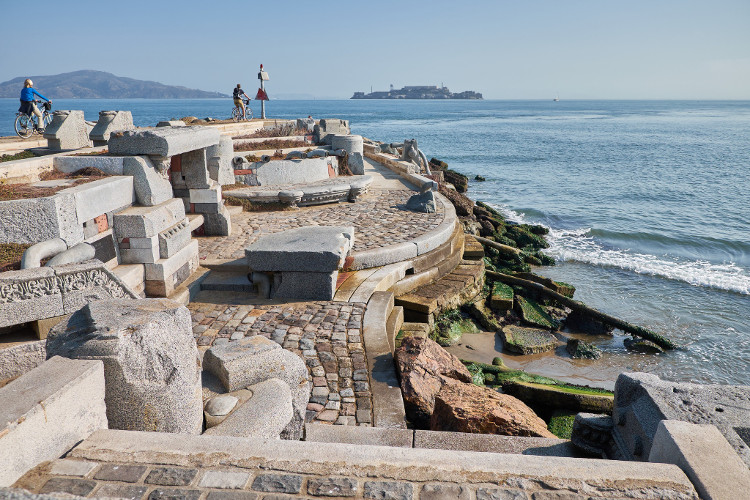
Hiding high above the Castro are the Seward Street Slides sfrecpark.org/destination/seward-mini-park, twin chutes made of smooth cement hurtling down the hillside. If you think this looks like something a kid would dream up, you're right: the slides were designed in 1973 by 14-year-old Kim Clark, with the support of the great San Francisco sculptor Ruth Asawa.
The best way to ride the slides is to go down sitting on a piece of cardboard – you might find some at the foot of the slides, but bring your own just in case. Plunk down on your cardboard, and push off from the top. Pro tip: if you want to go really fast, throw a few handfuls of sand down the slide before you set off. Technically adults are supposed to be accompanied by children, but no one will begrudge you a joy ride if you're quick and quiet about it. The neighbours can be pretty cranky if you’re too loud, so keep this one hush-hush.
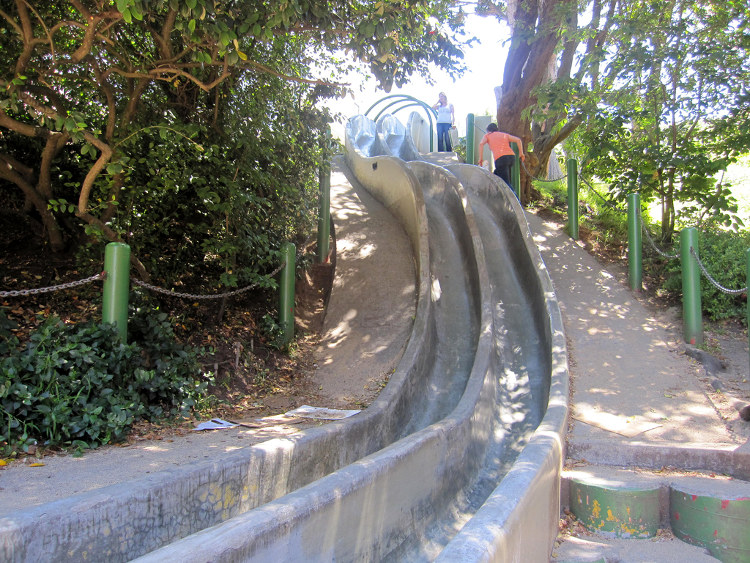
As San Francisco grew and property in the western Richmond District reached a premium in the early 1900s, the city moved its western graveyards – headstones, caskets and all - south to the suburb of Colma. Many San Franciscans decided cremation seemed like a better idea, and chose the stately neo-classical San Francisco Columbarium as a suitably glorious final resting place for their ashes. Today the SF Columbarium is a beloved local landmark for its art nouveau stained glass windows and memorials to such local luminaries as Chet Helms (the music promoter who brought Janis Joplin to California in the 1960s) and San Francisco Supervisor Harvey Milk (America's first openly gay elected official – look for the rainbow flags under the dome). Flash photography is politely discouraged and hushed voices appreciated.
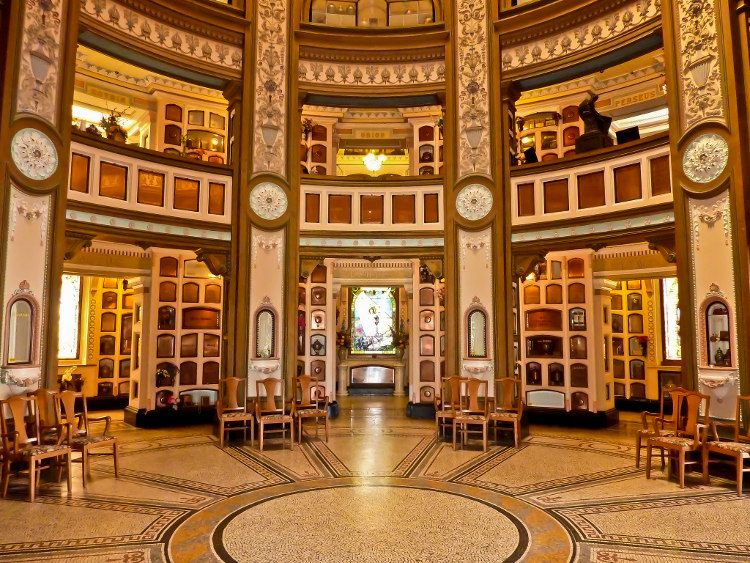
San Franciscans' top tower isn't the TransAmerica Pyramid anymore, since the observation deck closed after 9/11. The favorite these days is the massive Spire www.for-site.org/project/goldsworthy-in-the-presidio-spire built by artist Andy Goldsworthy in 2008 from 37 reclaimed Monterey cypress trees, rising 90 feet above a secluded Presidio hiking trail. Somehow it manages to look like both a church steeple and a missile, which is strangely fitting for this location: the Spanish founded the Presidio in 1776 as a military outpost to protect missionaries staking their claim in California. The Presidio served as a US army base until its official retirement from service in 1994, when it became a park. On a clear day, you can see from Spire all the way downtown, where the concrete tip of the TransAmerica Pyramid peeks jealously on the horizon.
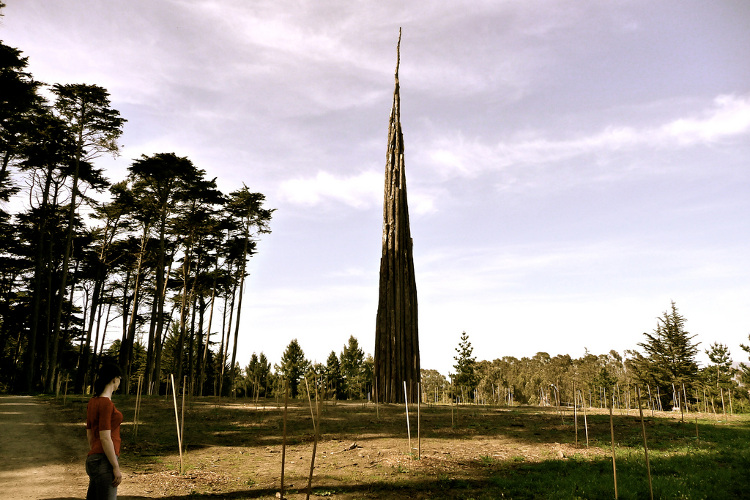
In 1906 a terrible earthquake and fire left most of San Francisco in shambles, including Mission District. Legend has it that many fire hydrants were never hooked up to the water supply because corrupt politicians had siphoned off the funds destined for installation and maintenance. Luckily this little fireplug at the corner of 20th St and Church St worked, and single-handedly provided the water that stopped the fire from spreading south of 20th St. As a symbol of fast thinking and good governance, the fire hydrant is given a new coat of gold paint each year on April 18, the anniversary of the earthquake. The Golden Fire Hydrant hugs the southwest corner of Dolores Park, which offers one of the most stirring panoramic views of San Francisco. The city that was a smoking heap in April 1906 was rebuilt at a rate of 15 buildings a day, and today it twinkles all the way to the Bay.
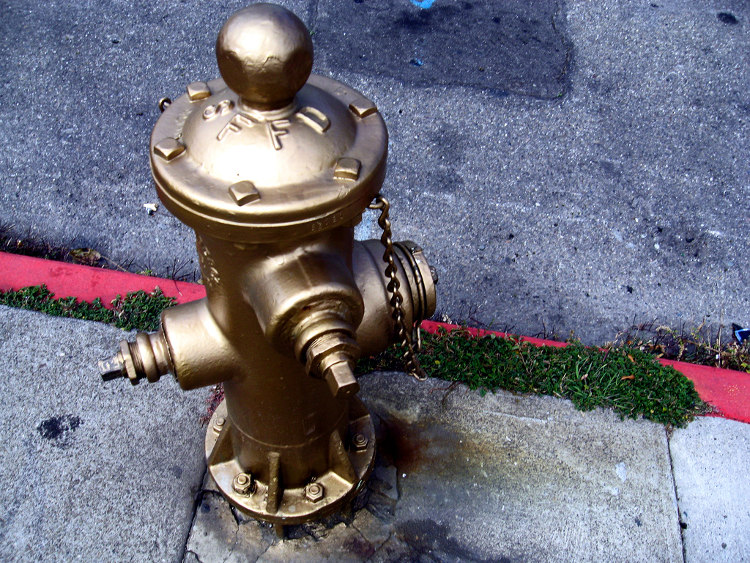
Affectionately referred to by some as 'San Francisco’s attic,' sfpl.org/index.php?pg=0200002501 the sixth floor of the SF main public library is a treasure trove of books, photos, art, and other memorabilia from the city's illustrious past. There are original photos from the Gold Rush, posters from turn-of-the-century dog shows, old restaurant menus featuring once-trendy San Francisco foods like chop suey and crab Louie, and other gems pulled from the Center's 153 file drawers packed with San Francisco ephemera. The Center has been collecting this stuff for 50 years and you never know what's going to surface next – early punk 'zines, handbills advertising 1950s jazz poetry readings, matchbooks to pioneering gay clubs. The collection is priceless, and entry is free – this might be exactly where you leave your heart in San Francisco.
This article was originally written by Stuart Schufmann and published in October. This updated version was written by Alison Bing in December 2014.